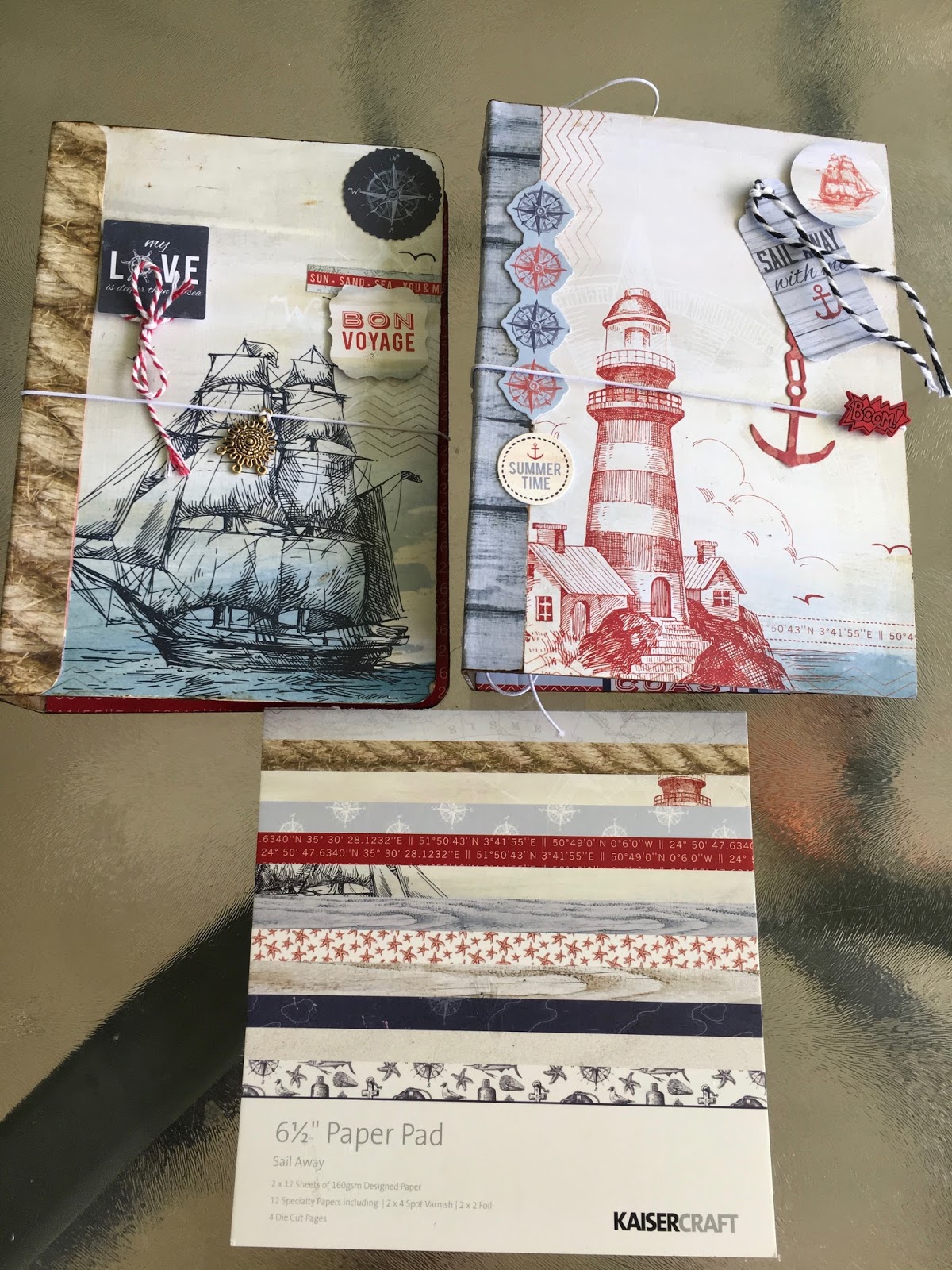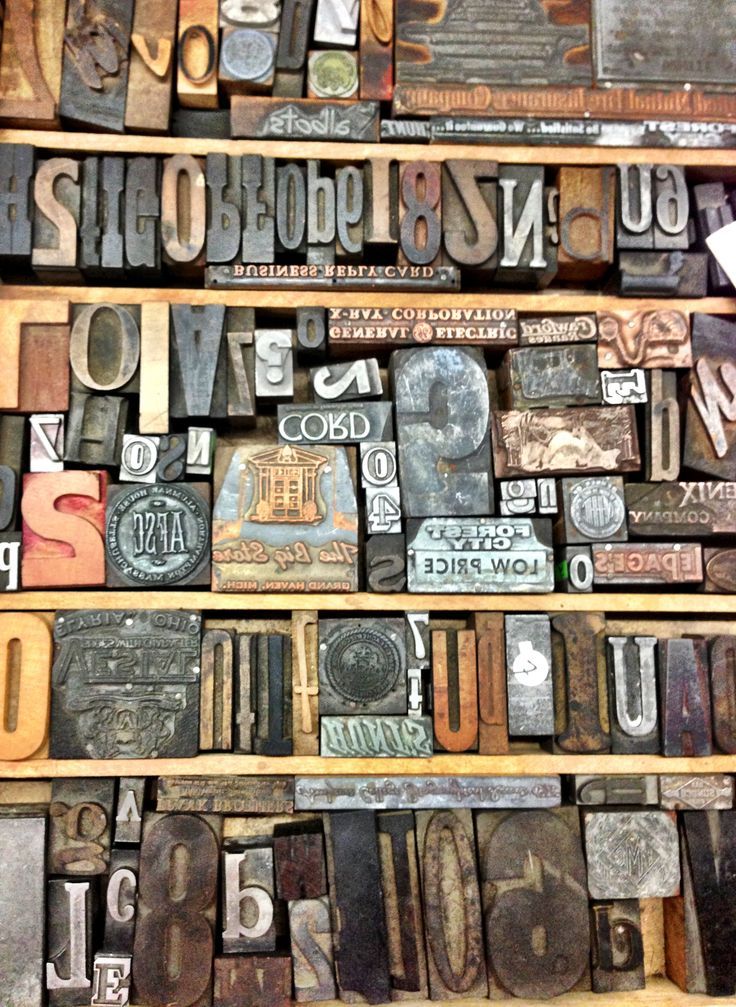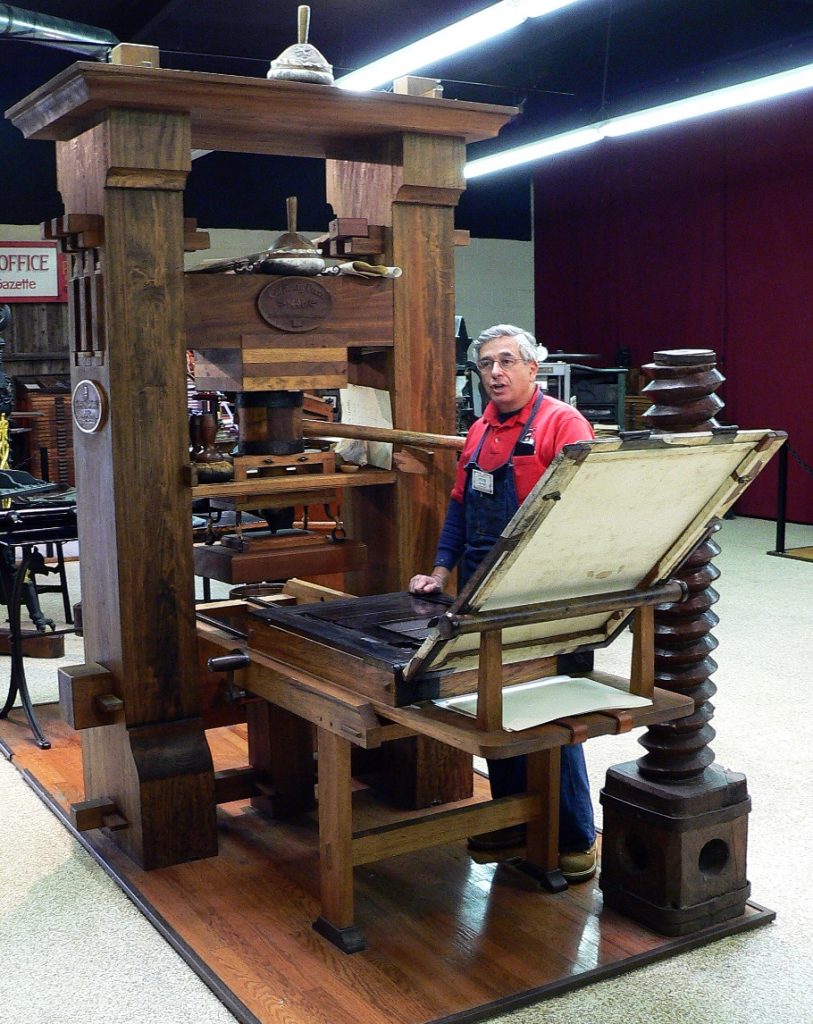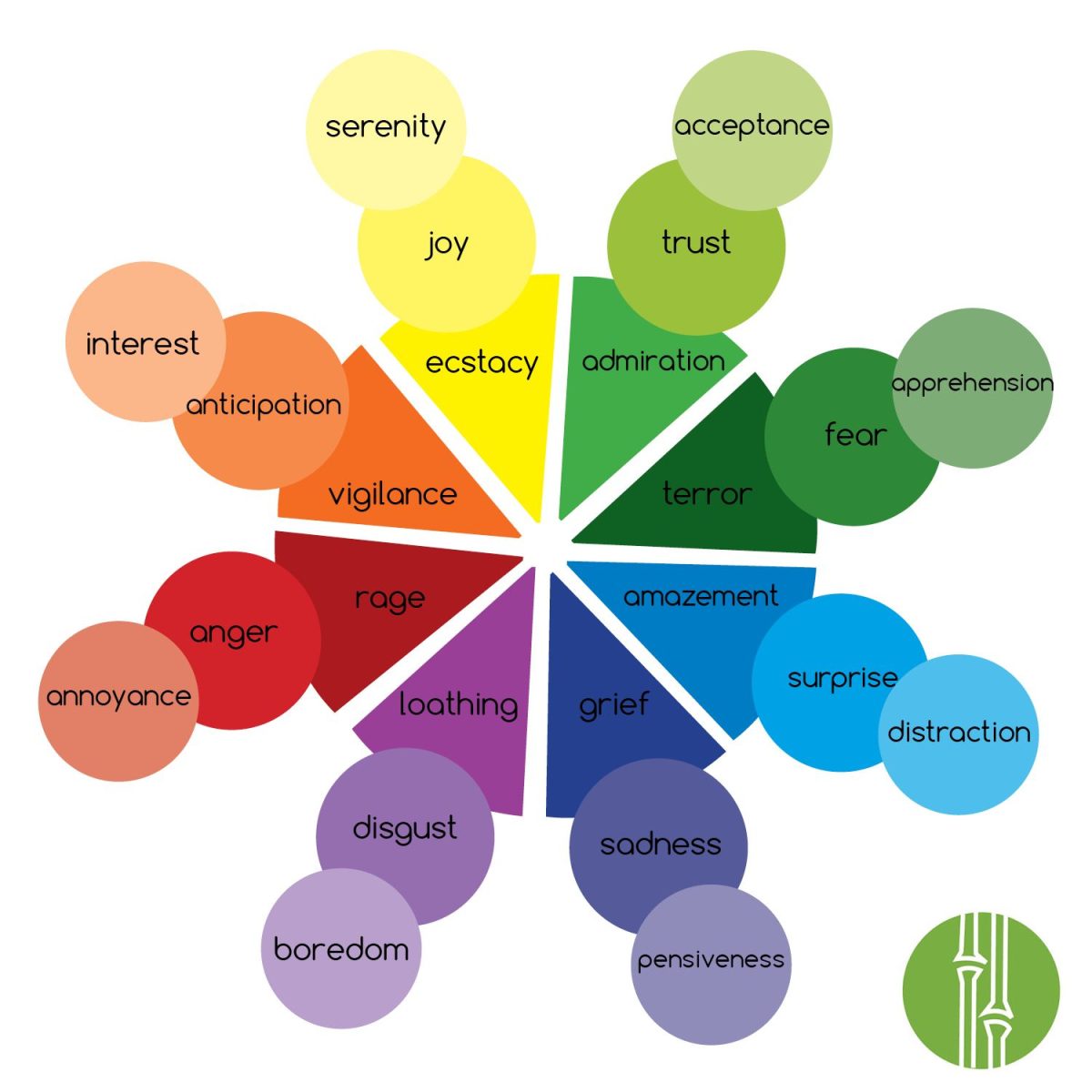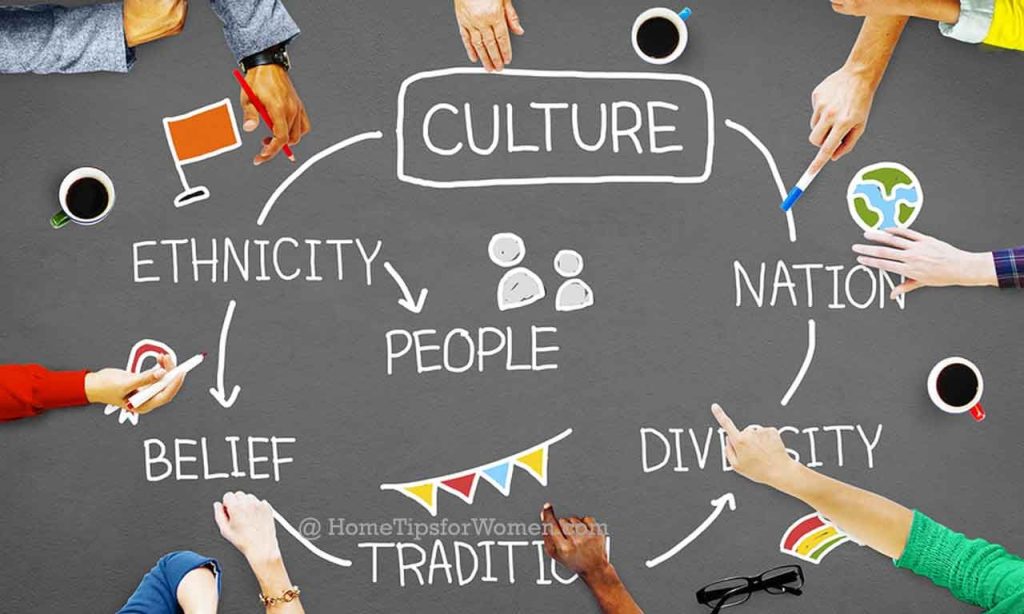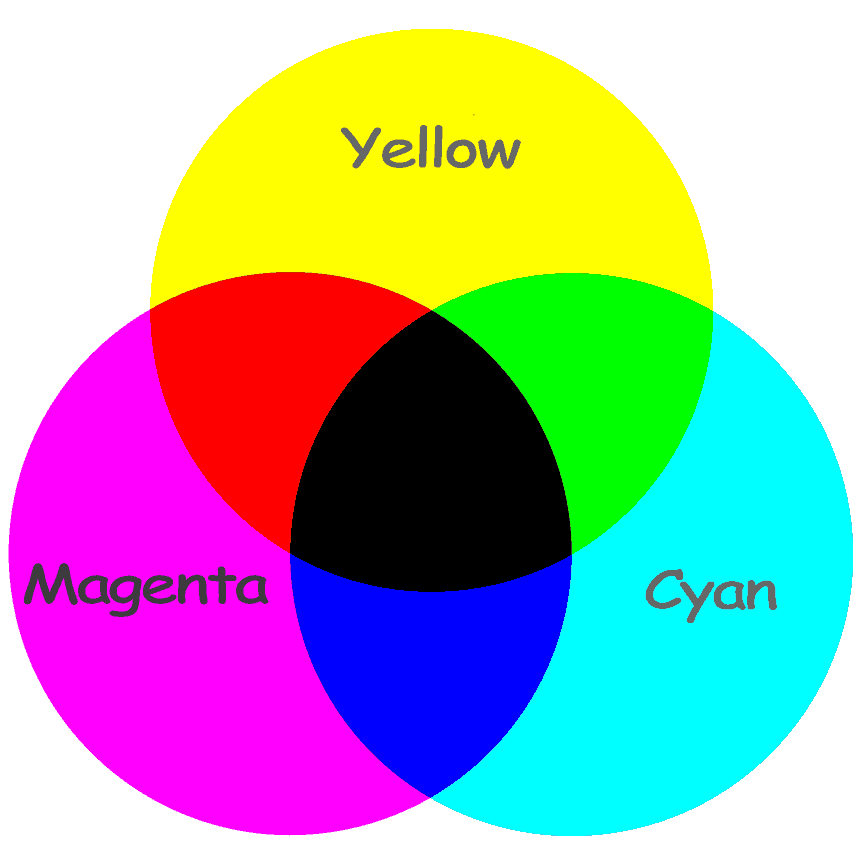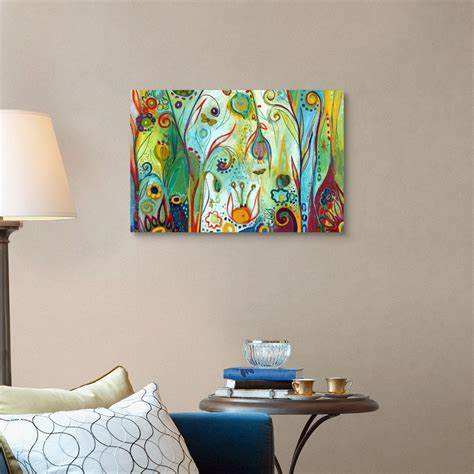Traveling is not just about traversing distances; it’s a profound odyssey that immerses us in diverse cultures, landscapes, and experiences. In today’s digital age, where screens dominate our interactions, there’s a certain allure in embracing the tactile world. Customized maps and travel journals, meticulously crafted and thoughtfully personalized, have emerged as indispensable tools for the discerning traveler. They have the power to transform ordinary journeys into extraordinary adventures, weaving the stories of our explorations into the very fabric of their pages. In this extensive exploration, we delve deep into the world of printing for travel, unraveling the multifaceted ways in which personalized maps and journals not only guide us but also elevate our travels, turning them into immersive, meaningful, and unforgettable experiences.
1. The Artistry of Customized Maps: Navigating Your Personal Odyssey
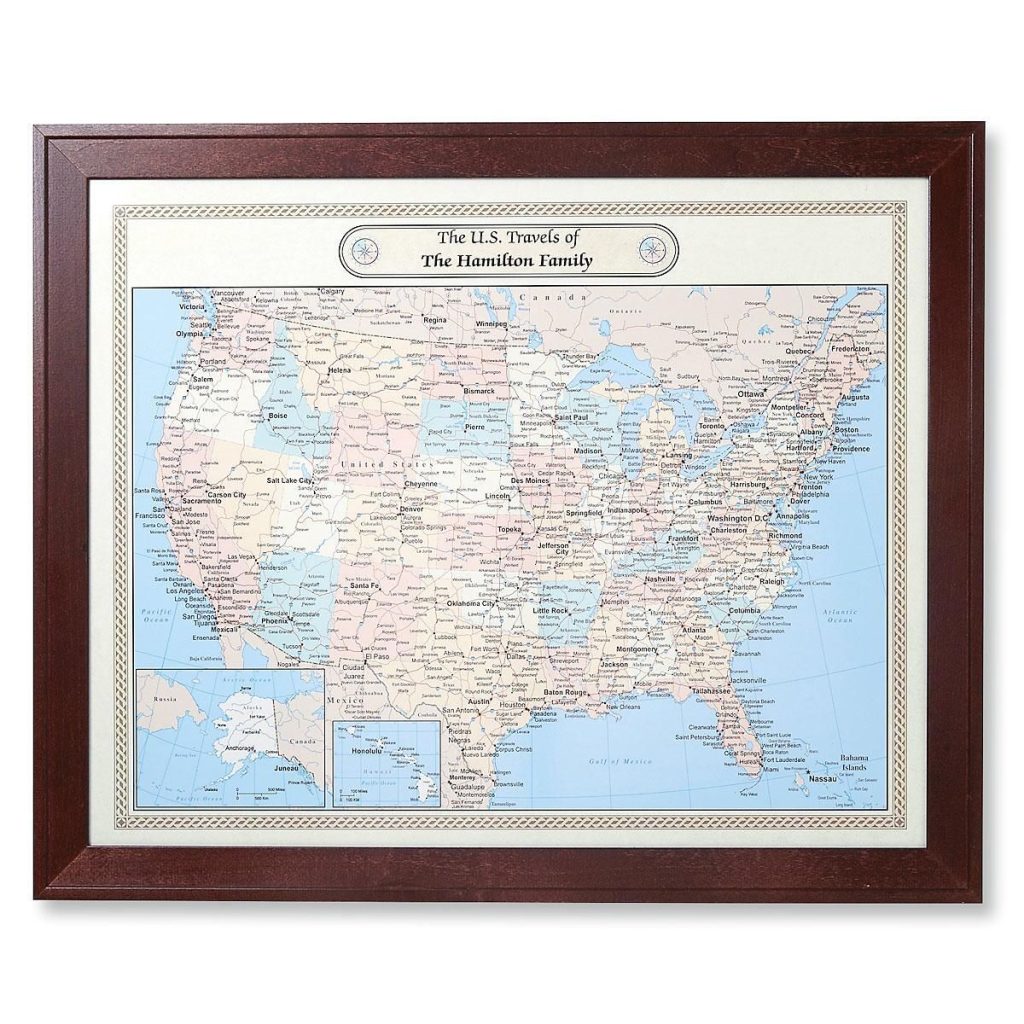
While digital maps offer convenience, customized printed maps offer something far more profound: a personalized journey through artistry and curation. These bespoke maps are not mere navigational aids; they are intricate visual narratives, encapsulating the soul of a destination. With meticulously designed layouts, personalized markers, and cultural motifs, these maps become more than tools—they are artifacts of our adventures.
Real-Life Application: The Craft of Exploration
Imagine embarking on a backpacking odyssey through the heart of Europe. Armed with a customized map highlighting not only the iconic landmarks but also the hidden gems known only to locals, your journey transcends the ordinary. The map, embellished with your favorite art galleries, charming cafes, and offbeat attractions, transforms navigation into a personalized adventure. Each cobblestone street and each quaint bookstore marked on the map becomes a chapter in your travel story. The customized map becomes a cherished travel artifact, encapsulating the essence of your wanderlust and the spirit of your expedition.
2. Travel Journals: Chronicles of Wanderlust and Reflection
In a world flooded with digital images, the tactile experience of a travel journal is unparalleled. These personalized notebooks, often featuring custom covers and high-quality paper, become sanctuaries for our thoughts, sketches, and mementos. Travel journals capture not just the sights but also the essence of our journeys, allowing us to relive the moments, sounds, and emotions long after the trip has ended.
Real-Life Application: Sketches and Stories Across Continents
Envision yourself sitting on a quiet beach in Bali, watching the sun set over the tranquil waters. With a customized travel journal in hand, you sketch the breathtaking scene before you, capturing the fleeting moment on paper. As you write about the gentle lapping of the waves and the golden hues painting the sky, the sensory details come alive. Pressed flowers from local markets find their place within the journal’s pages, intertwined with handwritten notes from encounters with Balinese artisans. These tactile experiences become a multisensory tapestry of memories, transporting you back to that serene beach whenever you open the journal. The act of writing, drawing, and preserving mementos in a physical journal adds depth to your travel experience, allowing you to savor the nuances of your journey long after you’ve returned home.
3. Tailored Recommendations: Curating Authentic Experiences
One of the joys of customized travel materials lies in the inclusion of tailored recommendations. These personalized guides, infused with local insights and traveler anecdotes, transform our journeys into immersive cultural experiences. From hidden eateries to secluded viewpoints, these recommendations offer a glimpse into the soul of a destination, connecting us with its authenticity.
Real-Life Application: Culinary Expeditions
Consider embarking on a culinary expedition through the bustling streets of Bangkok. Armed with a customized guide, you venture beyond the popular tourist spots, discovering intimate family-run eateries serving authentic Thai cuisine. The guide, enriched with personal recommendations, not only introduces you to the diverse flavors of Thailand but also connects you with local chefs and passionate food artisans. Your culinary adventure becomes a cultural odyssey, where each meal becomes a storytelling experience, and every dish tells the tale of Thai gastronomy. These personalized insights elevate your culinary adventures, allowing you to savor not just the food but the stories behind the flavors, making your gastronomic journey an unforgettable exploration of culture and cuisine.
4. Eco-Friendly Exploration: Sustainable Printing Practices
In an era where environmental consciousness is paramount, sustainable printing practices have become a crucial consideration for travelers. Customized maps and journals can be printed on eco-friendly materials, such as recycled paper and soy-based inks, minimizing their environmental impact. By embracing these sustainable options, travelers can embark on their adventures with a profound sense of environmental responsibility, ensuring that their explorations do not harm the very environments they admire.
Real-Life Application: Green Trails and Eco-Friendly Journals
Imagine hiking through the ancient redwood forests of California, armed with a map printed on recycled paper. The trail markers blend seamlessly with the natural surroundings, emphasizing the harmony between exploration and conservation. As you jot down your observations in a travel journal crafted from sustainable materials, you contribute to the preservation of these pristine ecosystems. These eco-conscious choices not only enrich your travel experience but also ensure that your footprint on the planet is as light as the rustle of leaves in the wind. Traveling responsibly, both culturally and environmentally, becomes a
holistic experience, where every step taken is in harmony with the natural world.
5. Personalized Souvenirs: Crafting Timeless Memories
Customized maps and journals transcend their functional roles; they become personalized souvenirs, encapsulating the very essence of our travels. These meticulously crafted items, adorned with our memories and reflections, transform into cherished keepsakes. In a world where material possessions often fade in significance, these personalized mementos become tangible reminders of our adventures, invoking nostalgia and gratitude long after we’ve returned home.
Crafting Timeless Keepsakes
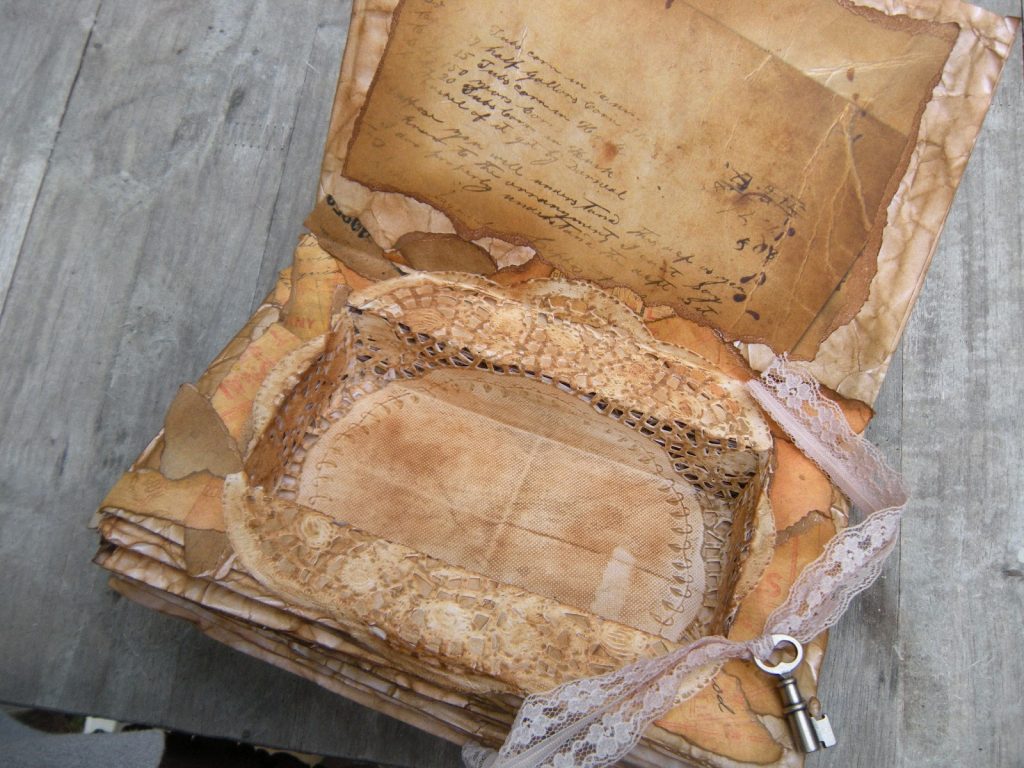
Imagine exploring the ancient ruins of Machu Picchu. With a customized journal in hand, you document your awe as you trace the intricate carvings on the stone walls. You press a vibrant orchid between the journal’s pages, preserving a piece of the Andean beauty. Later, as you peruse your journal, the delicate flower transports you back to the misty mornings of the Peruvian highlands. Your customized journal becomes a portal through which you can relive the magic of Machu Picchu, one page at a time. The pressed orchid, carefully placed between the pages, becomes more than a souvenir; it becomes a tangible memory, evoking the sensory experiences of the moment. These personalized keepsakes turn the ephemeral nature of travel into enduring memories, allowing you to revisit your adventures whenever you open the pages of your journal or glance at your customized map hanging on your wall.
Crafting Unforgettable Journeys with Personalized Prints
In the tapestry of travel experiences, customized maps and journals emerge as vibrant threads, weaving together the very essence of our explorations. They transcend their physical forms, becoming portals to distant lands, repositories of cultural encounters, and witnesses to our transformative journeys. As travelers, we are no longer bound by generic guides and mass-produced maps. With the allure of customization, our travel experiences become as unique and diverse as the destinations we visit. Customized maps become treasure maps leading us to hidden gems, while travel journals become time capsules preserving our thoughts and emotions.
The next time you embark on a journey, consider the allure of personalized maps guiding you through uncharted territories and journals waiting to capture the nuances of your adventures. In the world of travel, where every sunrise brings new possibilities and every sunset whispers ancient tales, customized prints become the canvas on which we paint our unforgettable memories. So, whether you’re wandering through bustling bazaars or hiking along mountain trails, let your personalized maps and journals be your faithful companions, enriching your travels with the magic of customization and the artistry of exploration. Embrace the world with open arms and a customized map in hand, and let your travel journal be the keeper of your most cherished travel stories. After all, in the realm of personalized prints, every journey becomes a masterpiece waiting to be written, and every adventure becomes a work of art waiting to be explored. Let your travels be not just a movement from one place to another, but a masterpiece waiting to be crafted, one customized map and journal at a time. Through the lens of customization, the world becomes not just a destination, but a canvas of endless possibilities, waiting for your unique and personalized story to unfold.
